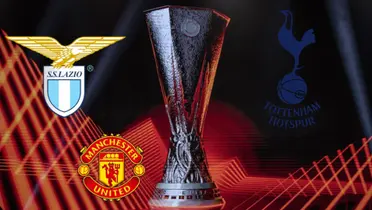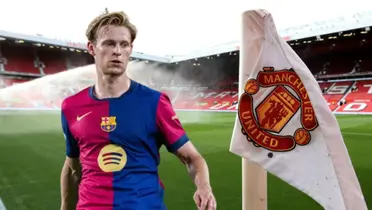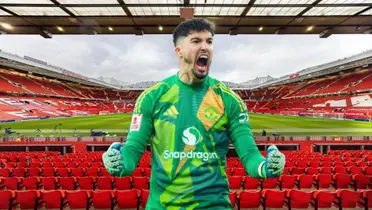How has Manchester United changed? Evolution of tactical systems throughout its history
Transformation at the Theatre of Dreams: The tactical evolution of Manchester United throughout history

Manchester United, a giant of English football, has undergone a tactical metamorphosis throughout its rich history. From the glory days with the classic 4-4-2 to the search for a modern style under the direction of Erik ten Hag, the club has been a laboratory of ideas and strategies. This analysis delves into the various stages of their evolution, examining how coaches and players have shaped the team's game.
Through decades of football, Manchester United has witnessed a fascinating transformation in their tactical systems. Each era has brought new philosophies and approaches, reflecting the changing trends of the king of sports. From the solidity of Sir Alex Ferguson's 4-4-2 to the search for a more elaborate possession game, the club has constantly sought the formula for success.

Ferguson's golden era: The 4-4-2 and Premier League dominance
Sir Alex Ferguson's era marked a period of unprecedented dominance for Manchester United. The Scottish manager built a formidable team based on the classic 4-4-2, a system that emphasized speed on the wings, midfield solidity, and attacking efficiency. Players like David Beckham, Roy Keane, and Ryan Giggs epitomized this style of play, combining tactical discipline with individual talent.
The success of Ferguson's 4-4-2 lay in its simplicity and effectiveness. The system allowed the team to control the rhythm of the game, attack quickly, and defend solidly. Constant pressure on the opponent, precision in passing, and the ability of the forwards to finish plays were key to Manchester United's dominance in the Premier League.

The transition to possession play: Van Gaal and the search for identity
The arrival of Louis van Gaal at the Manchester United bench brought a radical change in playing philosophy. The Dutch manager sought to implement a style based on ball possession, inspired by the tradition of Dutch football. However, the transition was not easy and the team struggled to adapt to the new system. Players like Wayne Rooney and Michael Carrick strived to understand and execute Van Gaal's ideas.
Van Gaal's possession game was characterized by patience in building plays, precision in passing, and the search for spaces in the opposition's defense. Although the team achieved moments of good football, the lack of consistent results and the difficulty in finding a balance between possession and offensive efficiency generated criticism and doubts about the system's viability.

Mourinho's pragmatism and the conquest of titles
José Mourinho's era was characterized by a more pragmatic and results-oriented approach. The Portuguese manager prioritized defensive solidity and counterattacking, building a compact and hard-to-beat team. Players like Zlatan Ibrahimović and Paul Pogba were key in achieving important titles, such as the Europa League and the League Cup.
Mourinho's pragmatism was reflected in the way the team approached matches. Solid defense, pressure on the opponent, and the ability to capitalize on the opponent's mistakes were key elements in his strategy. Although the style of play generated debates about its attractiveness, the results obtained supported the effectiveness of Mourinho's approach.

Solskjaer's legacy: Transition and young talent
Ole Gunnar Solskjaer, a former player of the club, took over as manager with the mission of returning Manchester United to the top. The Norwegian opted for a more vertical football and the development of young talents, such as Marcus Rashford and Bruno Fernandes. His approach was based on counterattacking and speed in the defense-attack transition.
Solskjaer's legacy is characterized by:
- The development of young talent.
- A vertical and counterattacking style of play.
- Moments of good football, but lack of consistency.
- The reintegration of a club identity.
- The search for tactical stability.

The Ten Hag era: Modern position play and reconstruction
Erik ten Hag arrived at Manchester United with the mission of implementing a modern position play style, based on high pressure and ball control. The Dutch manager faces the challenge of rebuilding the team and adapting it to his playing philosophy. Players like Casemiro and Lisandro Martínez are key pieces in this transformation process.
Ten Hag's approach focuses on ball possession, constant pressure on the opponent, and creating scoring opportunities through precise passing and constant player movement. The implementation of this style requires time and patience, but the goal is to build a team that plays attractive and effective football.
The tactical evolution of Manchester United is a reflection of the history of modern football. From the dominance of Ferguson's 4-4-2 to the search for a more elaborate style of play, the club has been a laboratory of ideas and strategies. The Ten Hag era represents a new chapter in this history, with the hope that the team can find a balance between tradition and innovation.
What you should know about the tactical evolution of Manchester United:
- Sir Alex Ferguson's 4-4-2 dominated the Premier League for decades.
- Louis van Gaal introduced a possession-based style of play, generating debates about its effectiveness.
- José Mourinho prioritized pragmatism, achieving important titles but with a defensive style.
- Ole Gunnar Solskjaer opted for young talent and counterattacking, with irregular results.
- Erik ten Hag seeks to implement a modern position play, in a team reconstruction process.
More news

The Numbers Don't Lie: Casemiro's Dominance Returns
31/03/2025

United's Dream Pairing: The Duo Fans Are Eager to See
31/03/2025

Hojlund's Fate: Will He Stay or Leave Man United?
31/03/2025
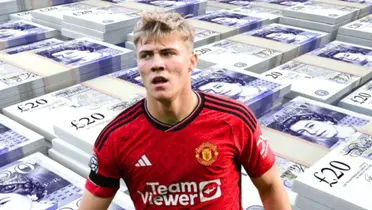
Højlund's Plummeting Value: A Cause for Concern at Man United
31/03/2025
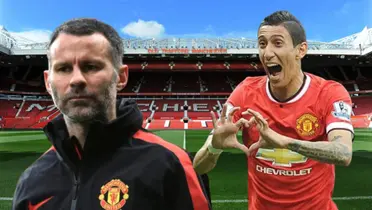
Giggs' Misjudgement: Depay's Free-Kick Hopes Fall Flat
31/03/2025
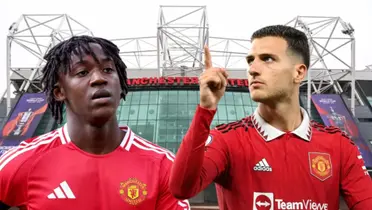
Man United's Summer Clearout: Players on the Chopping Block
31/03/2025

Financial Divide: Man United's Value Dwarfs Olympique Lyon's Squad Cost
30/03/2025

Onana Exit Rumors Swirl: How the Goalkeeper Is Responding
30/03/2025
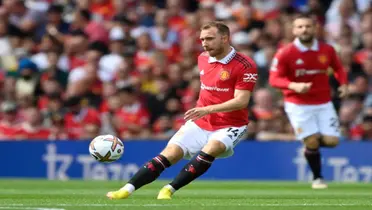
Eriksen breaks the silence about the rumors of not renewing
30/03/2025
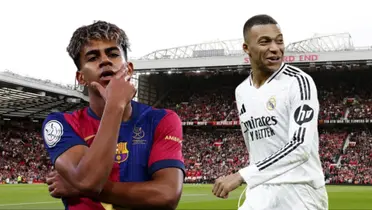
World-Class Player Available: Romano Reveals Transfer Bombshell
30/03/2025

Ugarte's Premier League Insight: Key Differences From Ligue 1 Revealed
30/03/2025
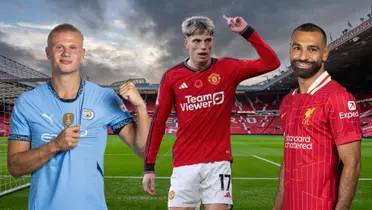
Garnacho Outshines Salah and Haaland: A Stunning Statistical Triumph
29/03/2025

Ekitike's Staggering Stats: Why Man United Are Keen
29/03/2025
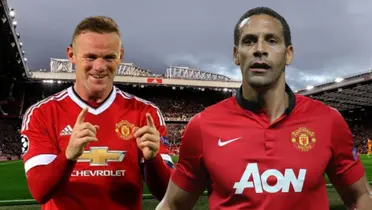
Beyond Legends: The United Player Who Rewrote Investment History
29/03/2025
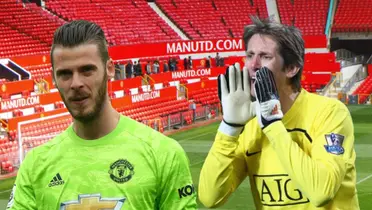
Manchester's Goalkeeping Giants: Who Reigns Supreme?
29/03/2025

Fernandes' Fortune: Unveiling the Price Tag of United's Captain
29/03/2025
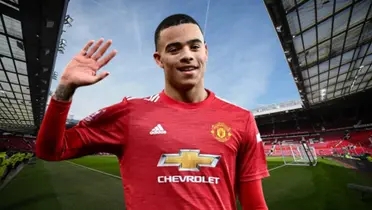
The Manchester United jewel that was rumoured for Barcelona ended up in an exotic league
29/03/2025

Father's Faith Pays Off: 100 Pound Bet on Son's United Debut
29/03/2025
